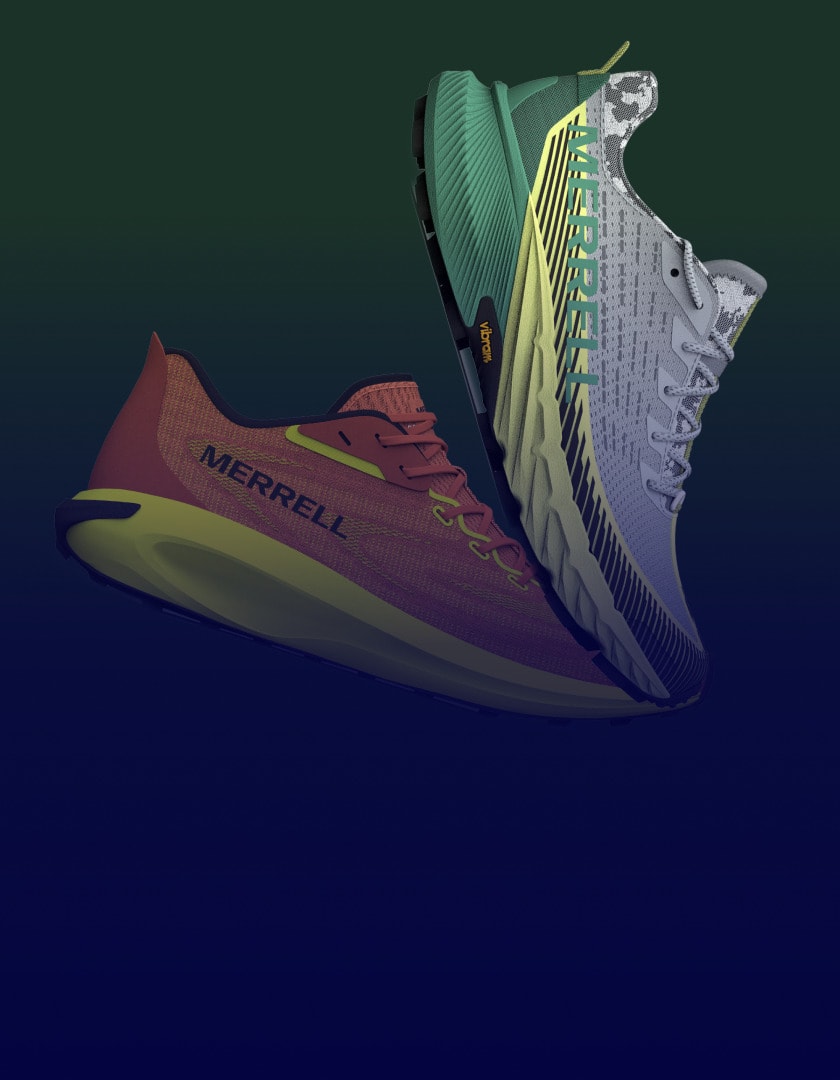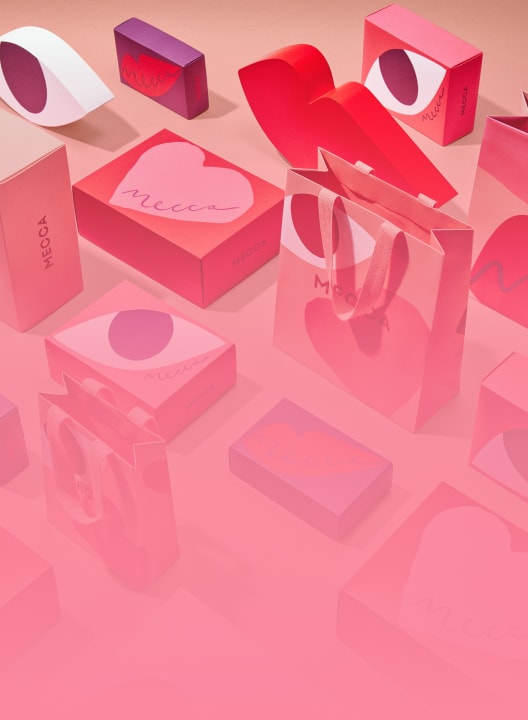How Technology Helps Companies Get Ahead of The Game (Part 1)

Across apparel, footwear, accessories and consumer packaged goods, companies are fighting over the same share of shoppers’ wallets – and fast fashion retailers are coming out on top. Stanford University research shows that the business model adopted by leaders in fast fashion is up to four times as profitable as the alternative used by department stores, wholesalers, athletic brands and even specialty retailers.
Why? Because, in a world where almost every other consumer industry is moving to an on-demand model, fast fashion comes the closest to delivering against customer expectations – quality product, quickly – and balances risk and reactivity in a way that allows retailers and their supply chains to respond when circumstances change.
Hit with that one-two combo of short lead times and on-trend styles, it’s no surprise that traditional retailers are reeling. And without serious cultural change, the only tools they have to respond are deep discounts, which teach customers to wait for markdowns or over-assortments, which run the risk of diluting the brand.
This is why speed to market is on everyone’s lips. Traditional retailers eye fast fashion with envy, and feel like they could stay in step with their customers if only they could move more quickly. But while faster is better, it’s only part of the puzzle.
The key to understanding why fast fashion is so successful is the concept of “clockspeed,” a term coined twenty years ago at MIT to describe the difference in pace between industries. From market dynamics to internal organization, the clockspeed of aerospace, for example, is measured in years, while traditional fashion is metered in months.
Fast fashion leaders work in weeks, with a clockspeed attuned to the quickening pulse of fashion itself. More than just lightning lead times, their entire business models are oriented around agility; they scan the market for new trends, and build design and supply chain cycles that can respond rapidly.
While the most obvious end result is the ability to translate trends into stock on shelves more quickly than competitors, this clockspeed has compounded benefits. Although the market has become more volatile, traditional retailers still bet big on merchandising up to a year in advance, while fast fashion leaders spread that risk through rapid replenishment and variety. And when they do fail, they fail fast; leading retailers can respond to sales slumps or spikes in real-time, and use their in-built intelligence and agility to inform production in-season.
More than raw speed, this is the lesson of fast fashion. Whether you sell a few select styles, or keep up a steady, seasonless flow, agility is essential for matching the clockspeed of modern fashion – which shows no sign of slowing down.
But when it comes to getting agile, normal efficiency practices are not adequate. There’s a limit to how quickly even the most organized supply chain can prototype, manufacture and ship. And while some of the leading fast fashion retailers’ speed comes from close collaboration with their factories – with one-week final production cycles and two-day outbound logistics – they’re leapfrogging competitors’ lead times by months, not just nine days.
The majority of these retailers’ recipe for success is a matter of mindset: a willingness to change rapidly, share risks with suppliers and adopt innovative solutions. “Speed to market,” sounds catchy, but in today’s market real retail transformation means getting smart and leveraging the right technology to compete on culture and process.
Stay tuned for the second instalment in this series, showcasing the benefits of PLM built for the clockspeed of fast fashion. Look out for our next blog piece article as we continue to define concept to retail transformation for the fashion and fast-moving consumer goods industries. Discover different strategies and stories from more than 190 brands and retailers who have succeeded in achieving their objectives through best practices and innovative technology.








